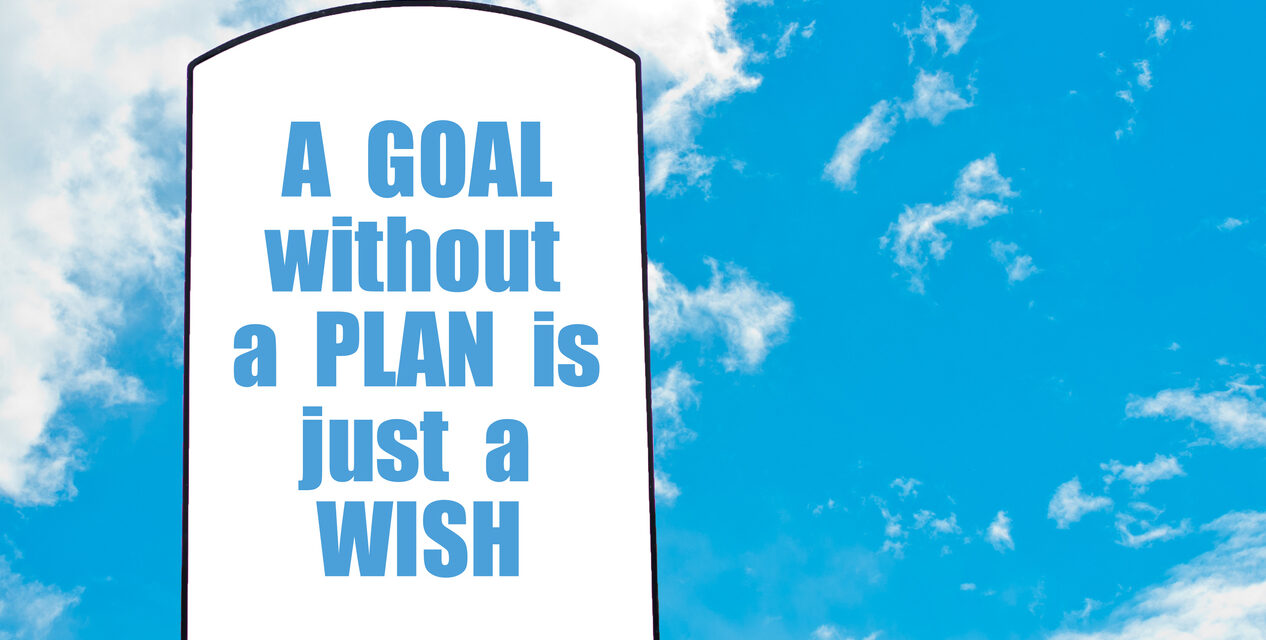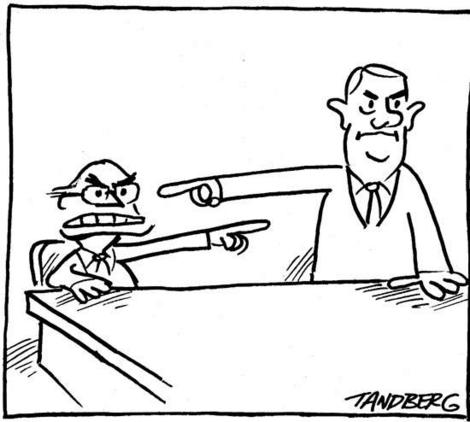- Why can’t I just stay on a diet?
- Why didn’t I stop the online shopping?
- Why don’t I just clean the house?
You may have wondered, even despaired, about your inability to change certain things that you really want to change. After all, if you really want it, why can’t you — “Just Do It?”
Maybe you can’t change for reasons that you have not yet considered.
In their very interesting book, Switch, Chip and Dan Heath draw upon research and challenging situations to identify factors that make change difficult and guidelines that make change possible. Underscoring all that they offer is the validation that change is not easy!
Considering some of the reasons that make change difficult might invite you to think about new strategies for change.
Self-Control is an Exhaustible Resource
If you have ever said that you can’t diet, stop smoking, look for a new job, or go to the gym while the kids are visiting or grandma is in rehab – you are probably right.
For change to take place there has to be sustained focus which demands self-control. Self-control saps physical, cognitive and emotional energy.
- In research with one group allowed to eat displayed chocolate chip cookies as compared to a group that had to restrain themselves from eating the cookies, the group with permission to eat was able to persist at working on an unsolvable geometric tracing task significantly longer than the group that had to use self-control.
- In a study in which people were asked to restrain their emotions while watching a sad movie, those asked to restrain their feelings actually exhibited less physical endurance than others allowed to cry.
According to Craig and Dan Heath, the belief that change is hard because people are lazy or resistant is simply not true. Change is hard because people are often worn out. They often don’t realize that they need reserves of self-control and self-focus for change.
Lack of Clarity
A real stumbling block to change is ambiguity and lack of clarity. People become overwhelmed by too much information. You won’t lose 10 pounds by reading a diet book. Most people have their own large collection of diet books.
According to Heath and Heath, the best plans are simple. They draw upon a “bright star” in your own history (something that worked before), a few clear steps and a time frame.
Clear and simple plans demand less concentration.
For example, realizing that she lost weight on a trip where she couldn’t find her usual beverages, one woman came up with a simple diet plan. For a month, she substituted her usual caloric beverages ( lattes and fruit juices) with herbal teas and water. She dropped the 10 pounds which motivated her to start walking.
Compounding Considerations
Some people are so good at research that they research themselves right out of change. They over-think it. This is often true of couples. They consider so many details and possibilities -they can’t decide on the car model or the style of furniture they want to buy. Stressed by the research, the options, fear of mistakes, money and the arguments that result – they retreat to the relief of keeping the old car and the vintage chairs on the lawn.
Essentially, the more options available – the more paralysis in the decision making process. In an interesting consumer study reported by Heath and Heath, a store display offering samples of six new types of jam resulted in 10 times more sales than a sample display offering 24 new types of jam.
The Best Laid Plans Need Motivation
No matter how well planned, no change occurs without motivation. The goal of change has to be driven by feelings that over-ride fatigue, lack of restraint, and even fear of success.
No matter how — most brides lose the pounds to fit into that wedding gown!
- Heath and Heath suggest that you can build on motivation by creating a “ Destination Postcard“ in your mind or literally on the wall of what you want to see change.
- Motivation is fueled by seeing results. It can often be maintained by “shrinking the change” to a lesser goal that captures the feeling of movement and success (no alcohol on the weekdays).
- Motivation is contagious. People often get and hold the feeling when they participate in a joint goal. Couples might use the benefit of wanting to accomplish something together – fueled by the determination of not letting the other one down. Office mates have done well competing together for personal goals – number of steps taken or pounds lost. Working in teams often adds to the fun and success.
- Some folks tie motivation for change to a higher goal. Thousands have put on walking and running shoes for the first time to train so they could “Walk for the Cure” or “Run for Life.”
Environmental Impacts
According to Heath and Heath, no matter how much people thought they ate of the free bucket of stale popcorn they were given at a movie showing , when the bucket was larger – THEY ATE MORE.
Your access to a treadmill or proximity to the refrigerator – plays a part in helping or hindering your change. Knowing this can become a key to making change easier.
Setting your phone or IPod to motivating music may foster the possibility of a “non-smoking” 5 minute office break or a 10 minute walk around the building.
Keeping everything you need to pay your bills in a certain place or having a system on your computer and a designated day and time to do them – makes for better financial clarity and decisions.
Partner, Friend and Family Support
In your own way, you may be able to fuel your motivation by helping others.
Consider helping others with their changes.
If unwanted – stay out of the way. If requested- notice the shifts. If invited-applaud the steps and keep up the belief in change…
Change is not Easy but it is Possible.
Give Yourself Steps, Strategies, Support
and then, “ Do It.”






